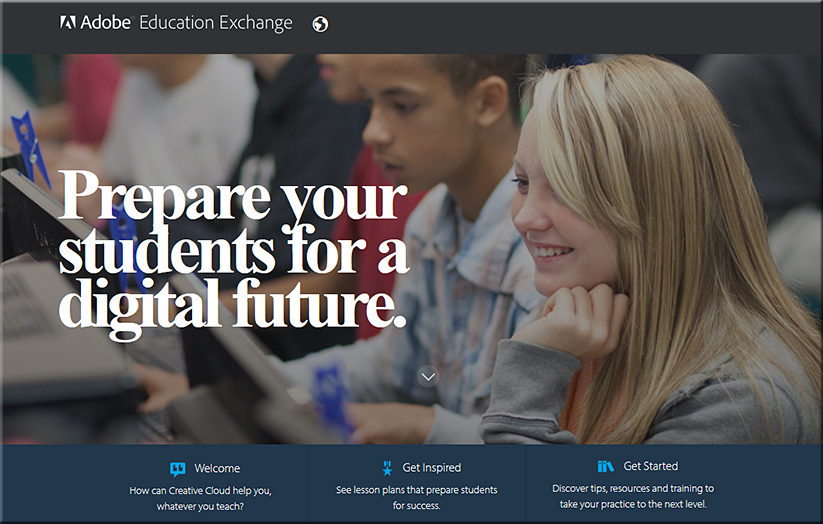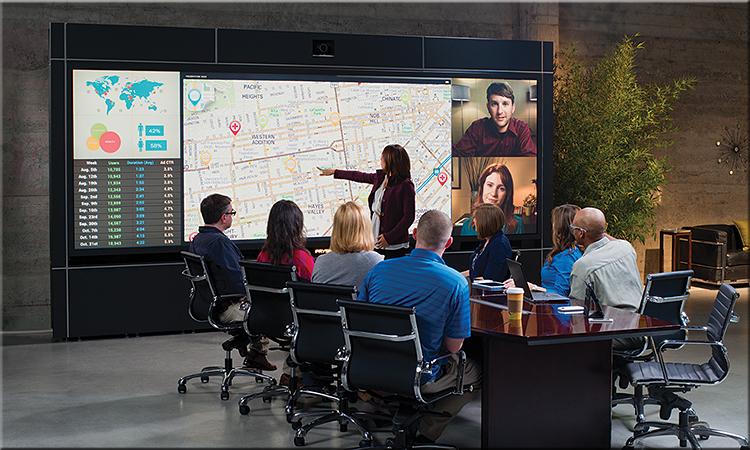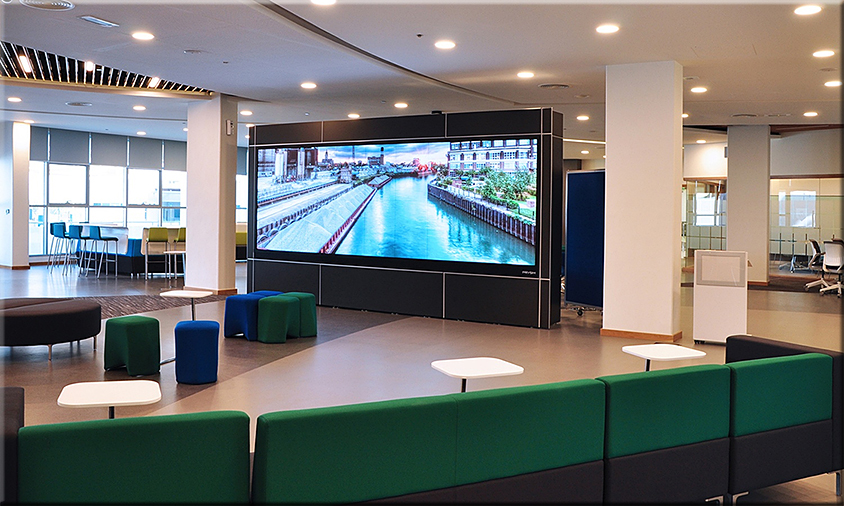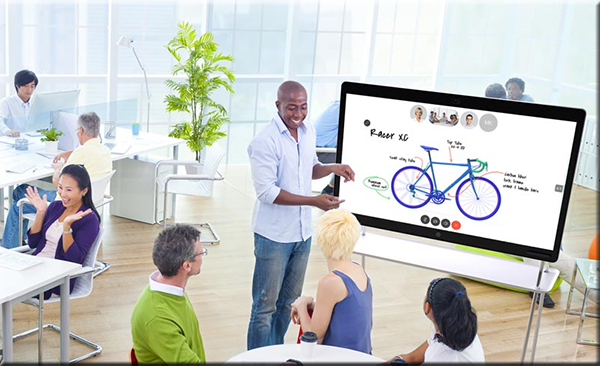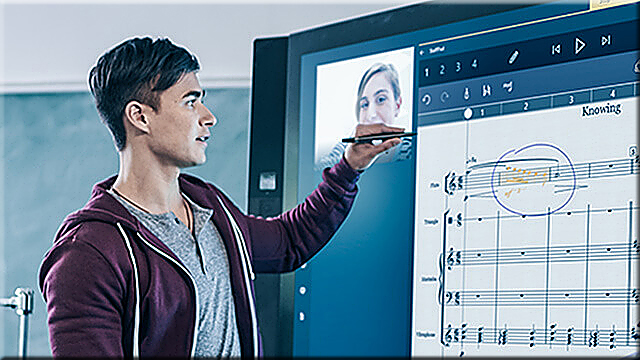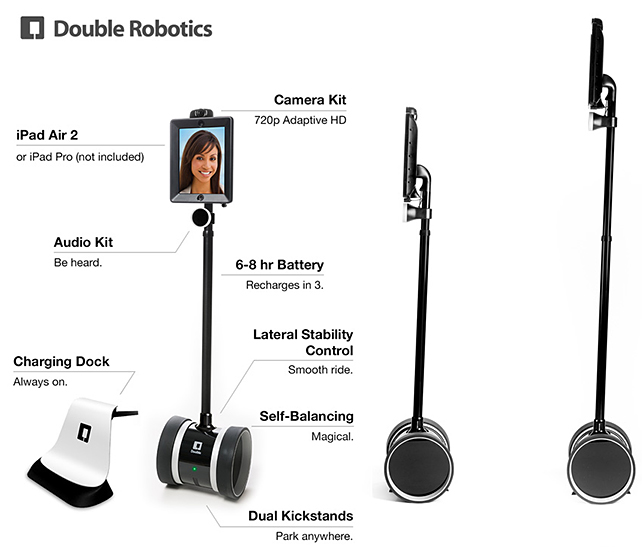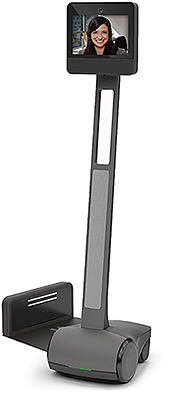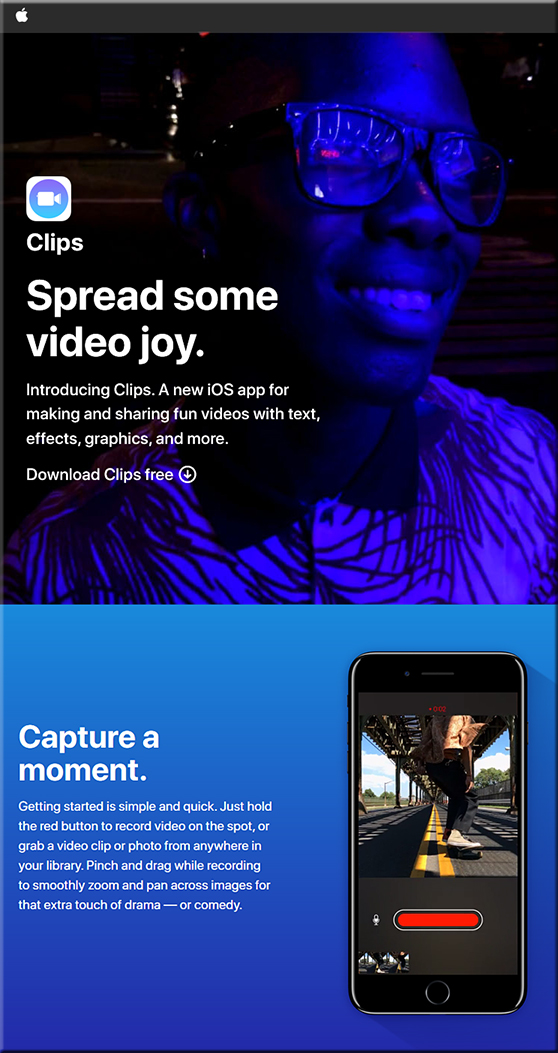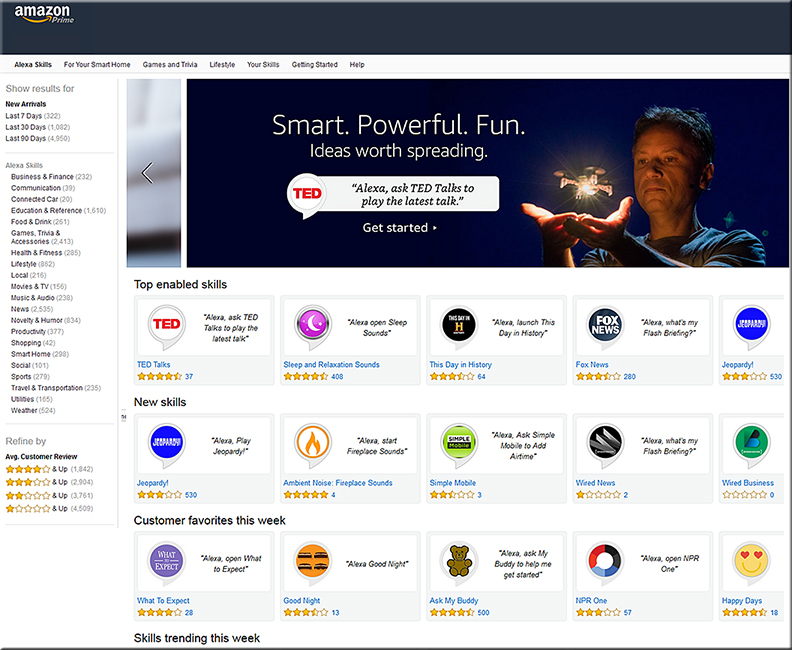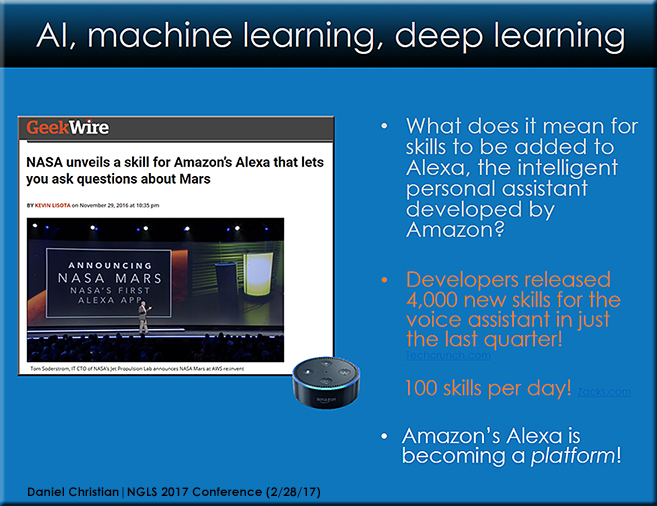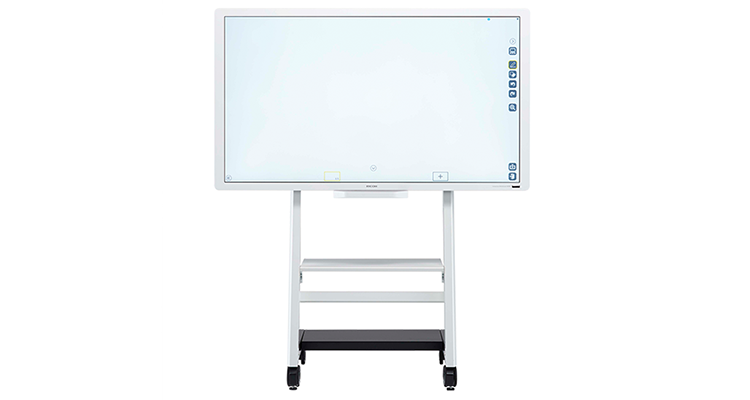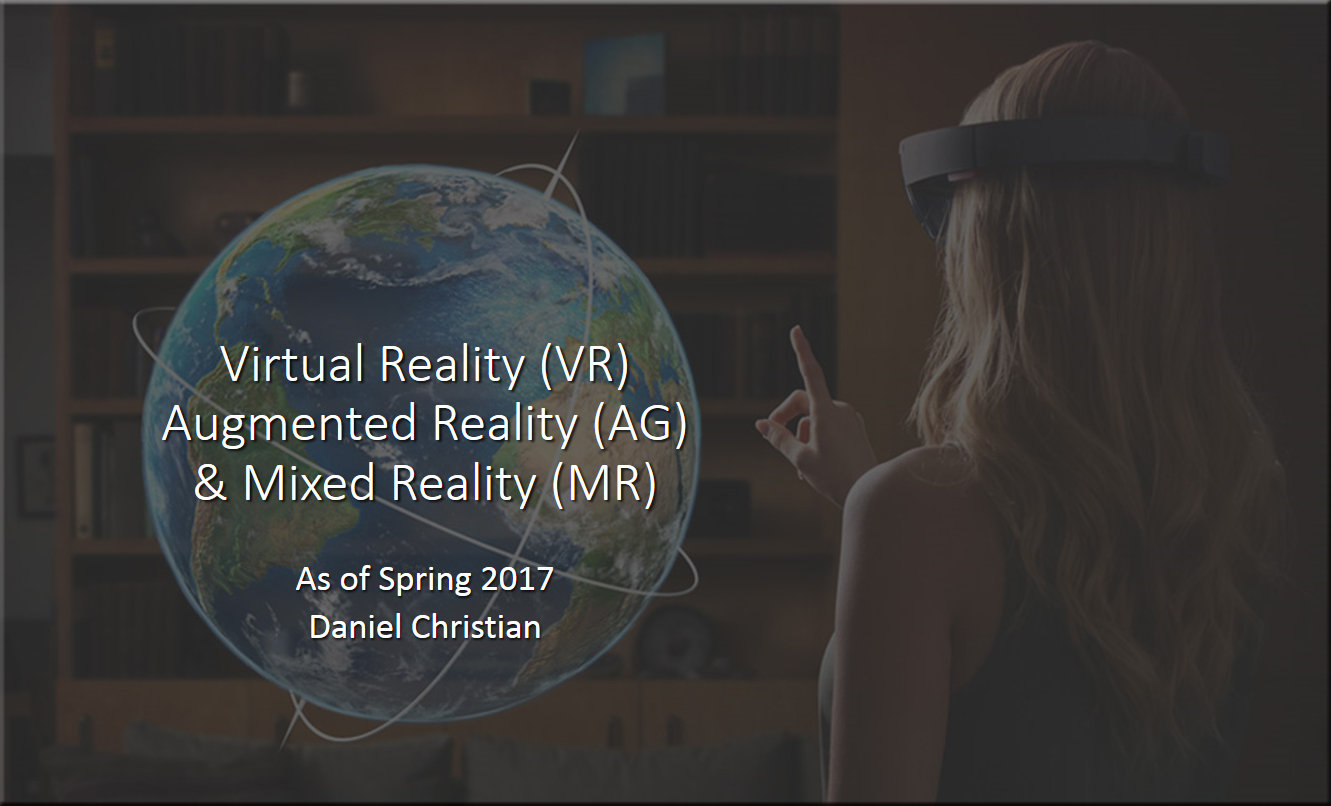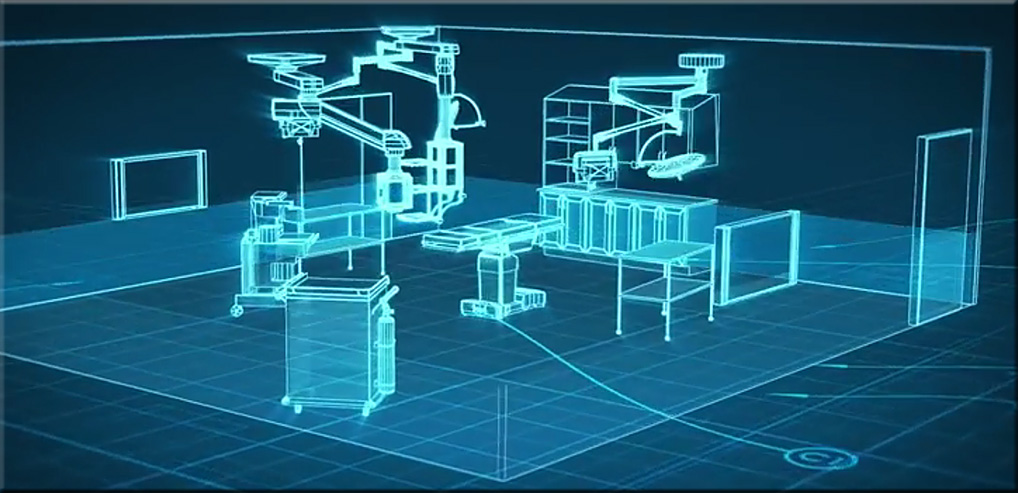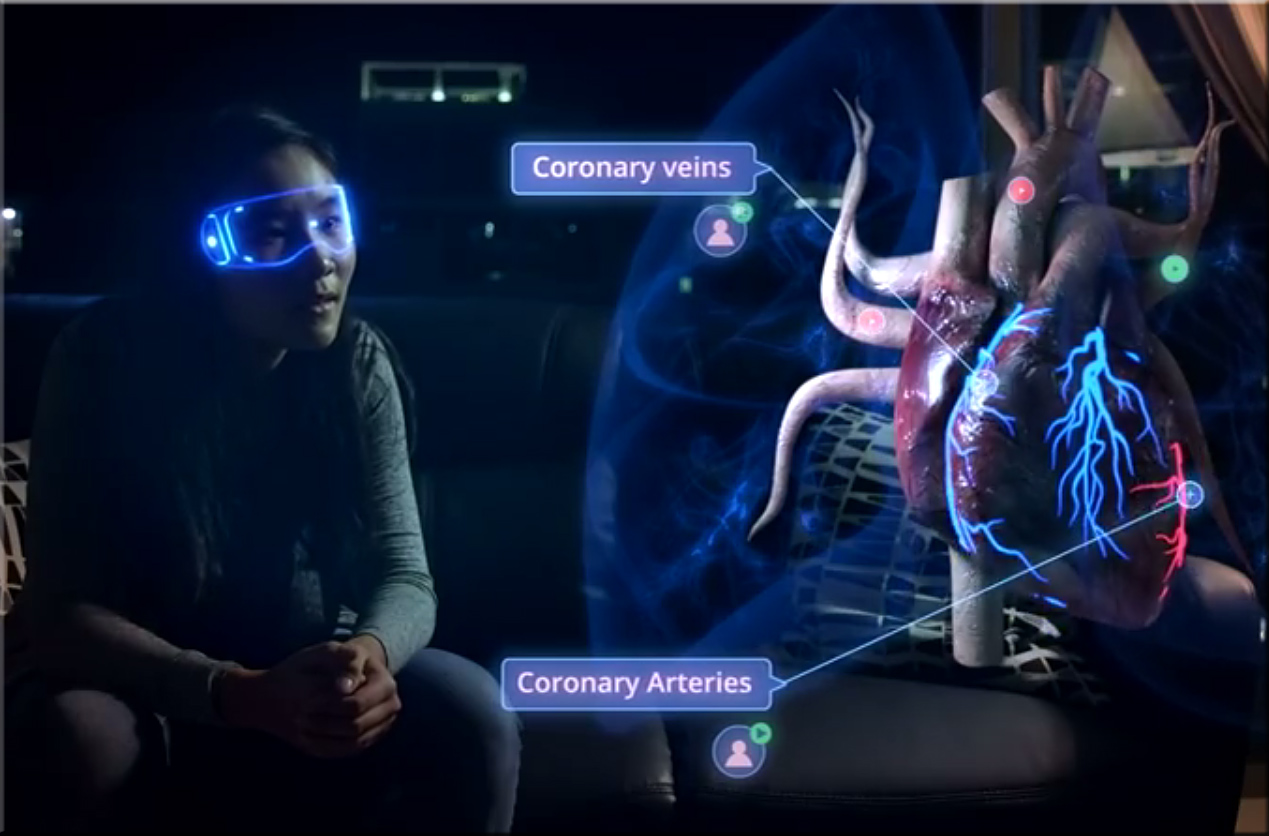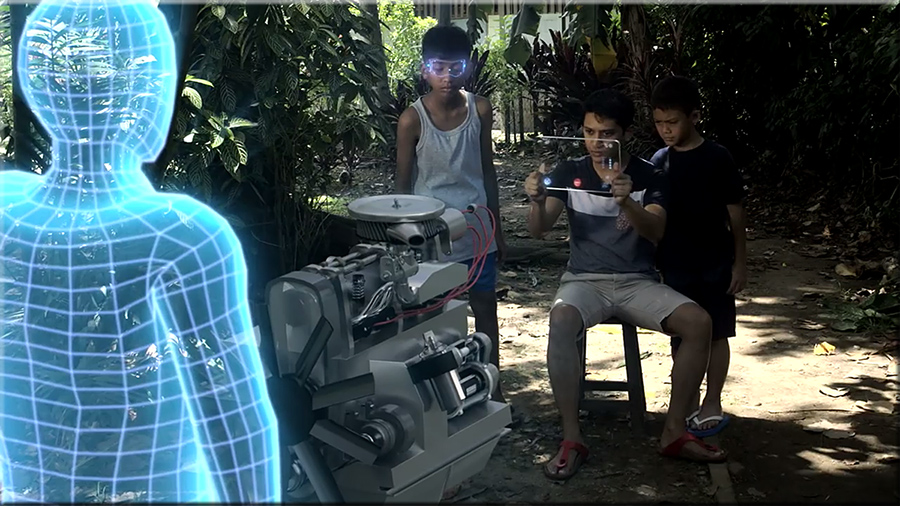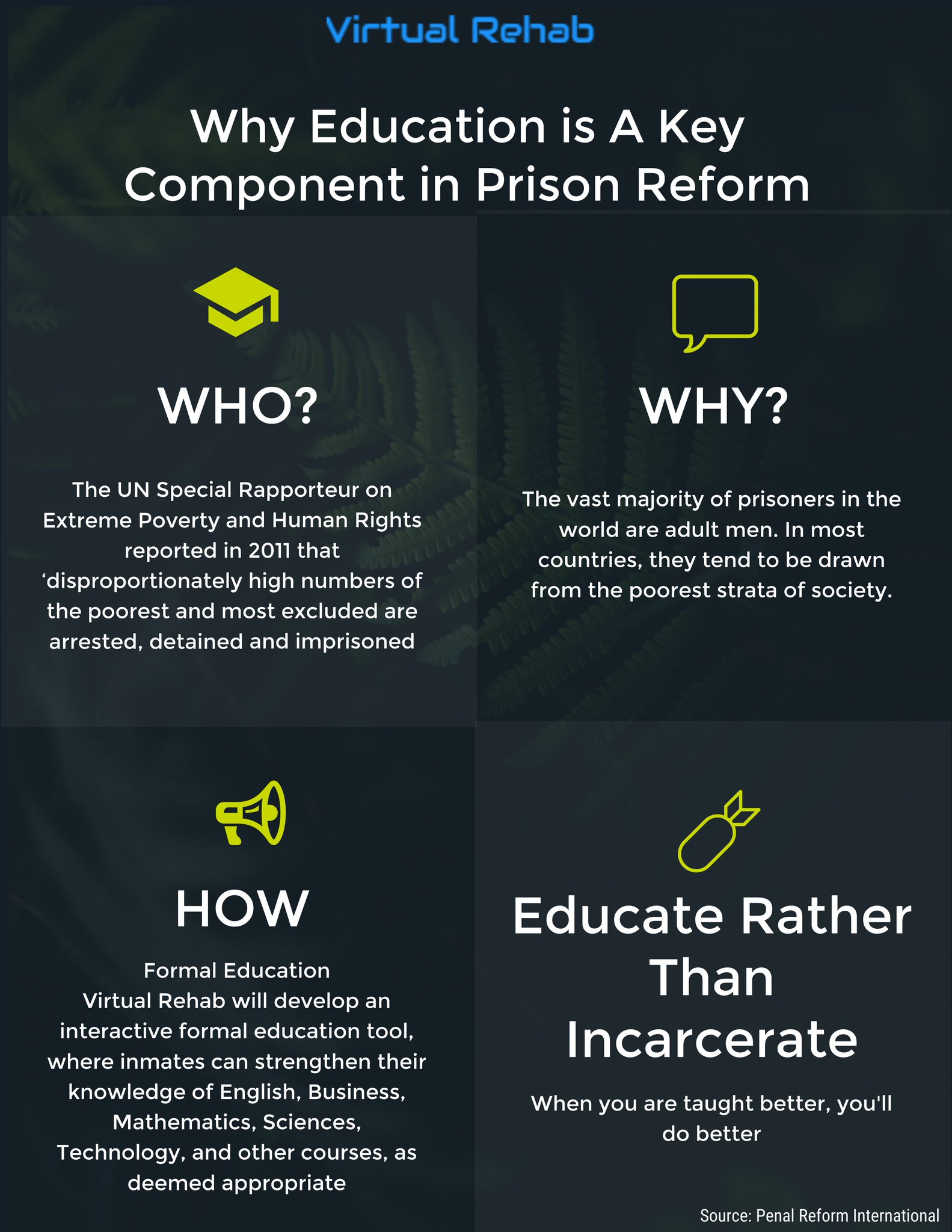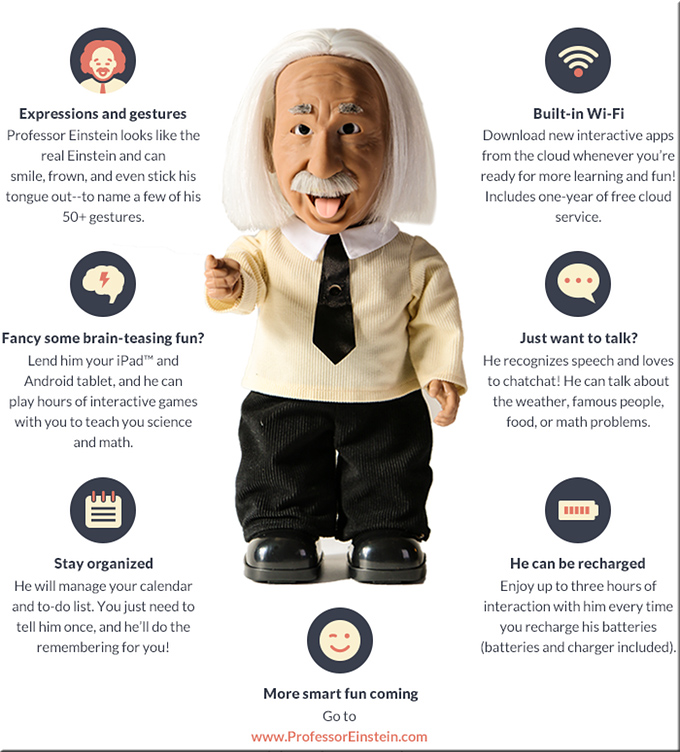What’s New for Video and Audio (April 2017) | Adobe Creative Cloud
Adobe Creative Cloud Propels Video Forward at NAB 2017 — from news.adobe.com
Latest Release Features New Capabilities in AI, VR, Motion Graphics, Live Animation and Audio
Excerpt:
SAN JOSE, Calif.–(BUSINESS WIRE)–Ahead of the National Association of Broadcasting (NAB) conference, Adobe (Nasdaq:ADBE) today announced a major update for video in Adobe Creative Cloud to help filmmakers and video producers collaborate and streamline video workflows. The Creative Cloud release, available today, delivers new features for graphics and titling, animation, polishing audio and sharing assets; support for the latest video formats, such as HDR, VR and 4K; new integrations with Adobe Stock; and advanced artificial intelligence capabilities powered by Adobe Sensei. Announced at Adobe Summit 2017, Adobe Experience Cloud also allows brands to deliver connected video experiences across any screen at massive scale, while analyzing performance and monetizing ads.
Technology advancements and exploding consumer demand for impactful and personalized content require video producers to create, deliver and monetize their video assets faster than ever before. From the largest studio to next generation YouTubers, a scalable, end-to-end solution is required to create, collaborate and streamline video workflows with robust analytics and advertising tools to optimize content and drive more value.
Adobe Makes Big Leaps in Video, Just in Time for NAB — from blogs.adobe.com
Excerpt:
Next week, thousands of broadcasters, video producers and digital content lovers will gather for the National Association of Broadcasters (NAB) annual conference. Just in time for the event, Adobe is unveiling big updates to our video tools for graphics and titling, animation, and sharing assets; support for the latest formats including HDR, VR and 4K; lots of improvements to video workflows; and more power from Adobe Sensei, our artificial intelligence technology. It’s all part of a major Adobe CC product update available today.
“The newest Creative Cloud video release integrates the advanced science of Adobe Sensei to make common tasks faster and easier. All video producers – whether they’re part of the major media companies or up and coming YouTubers – can now bring their creative vision to life without having to be motion graphics or audio experts,” says Steven Warner, vice president of digital media at Adobe.
These are the latest features in After Effects CC 2017, available now — from provideocoalition.com by Mark Christiansen
Get up to date and up to speed with these additions & changes
[For a detailed overview, check back during NAB when the course After Effects CC 2017: New Features from LinkedIn Learning (otherwise known as Lynda.com) will be updated with everything that’s brand new as of today. This course will feature the examples depicted here in step-by-step detail.]
Adobe updates Premiere Pro CC for April 2017 — from provideocoalition.com by Scott Simmons
And instead of waiting months for the new CC versions they should be available soon, as in probably today
After Effects NAB 2017 Update — from provideocoalition.com by Chris and Trish Meyer
How to play nice(r) with Premiere Pro editors, as well as other updates
Also see:










